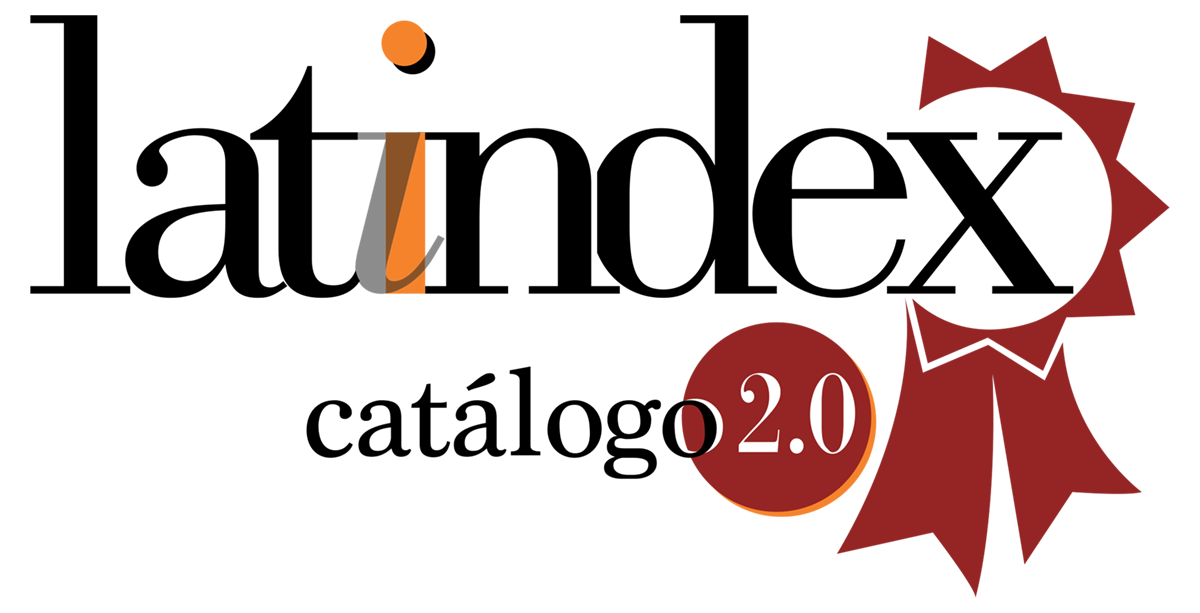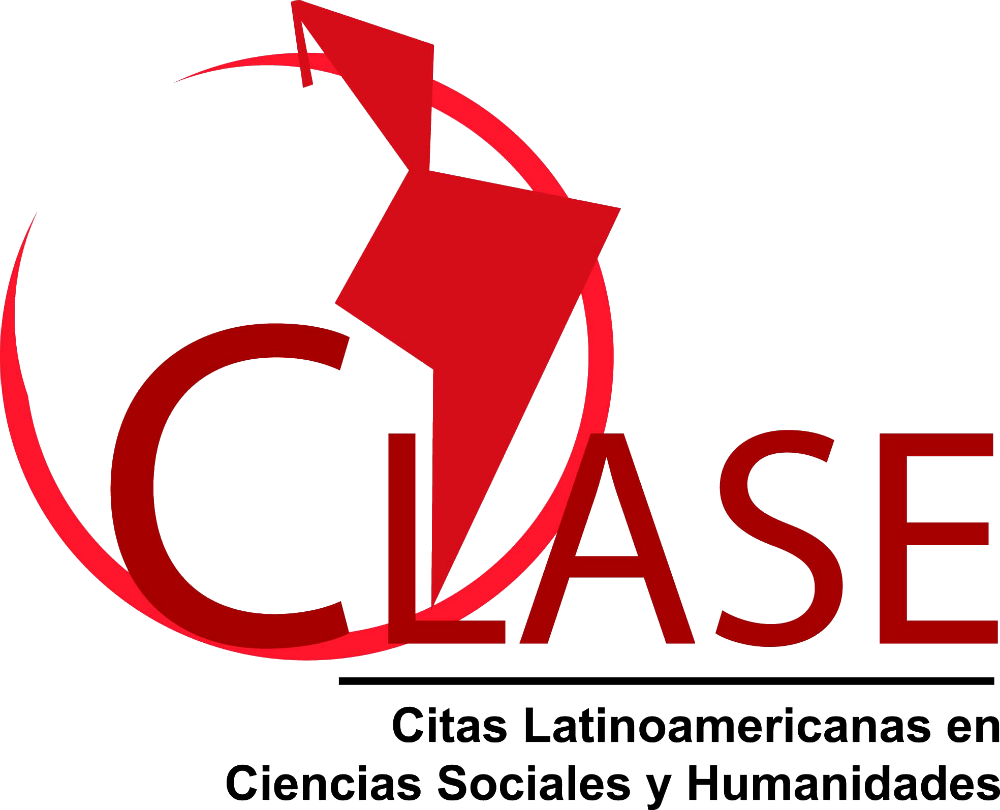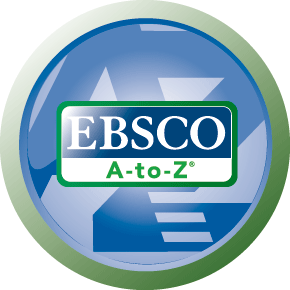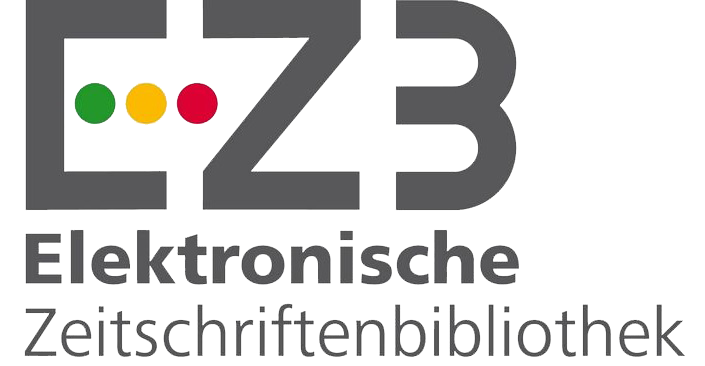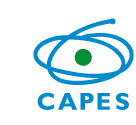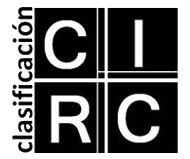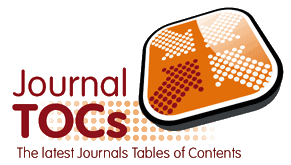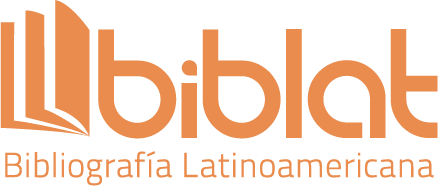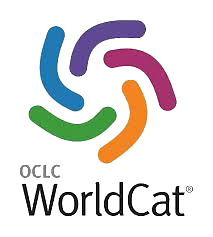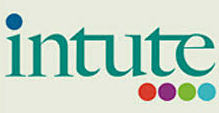Native advertising and press releases, a comparative analysis
DOI:
https://doi.org/10.24215/16696581e433Keywords:
press releases; native advertising; publicity; public relations; automatic text analysis.Abstract
Public relations represents a very diverse field in which both advertising and publicity have a place as tools to achieve their objectives. The proximity between native advertising and traditional publicity is evident because both products are adapted to the media format and generate promotion while offering relevant information. However, direct payment and especially the different conditioning factors that affect the message that is finally disseminated are crucial and can distort the communication objective of practitioners.
This article has compared through automatic text analysis the writing of native advertising of organizations from different sectors, with regard to the press releases of these same organizations. The press releases are the original material transmitted by the public relations teams, these products are altered by the media to be published and become publicity.
The comparison through an objective methodology between the messages included in the native advertising with respect to the press releases shows that the native advertising has a textual format that fits completely with the press releases. This is a very significant finding especially because of the objective methodology applied in a innovative way.
Downloads
References
Verba: Anuario Galego de Filoloxía, 44, 347-408. https://doi.org/10.15304/verba.44.3155
Castillo Esparcia, A. (2010). Introducción a las relaciones públicas. Instituto de Investigación en Relaciones Públicas (IIRP), España. Recuperado de: https://www.uma.es/media/files/libropr_1.pdf
Caso, H. D. y García-Sánchez, J. N. (2013). Dificultades en el análisis automático de textos escritos. International Journal of Developmental and Educational Psychology, 2(1), 695-701. https://doi.org/10.12795/ph.2003.v17.i02.12
Botha, D. (2007). Public relations: fresh perspectives. Ciudad del Cabo: Pearson/Prentice Hall South Africa.
Chowdhury, G. G. (2003). Natural language processing. Annual review of information science and technology, 37(1), 51-89. https://dx.doi.org/10.1002/aris.1440370103
Cutlip, S. M., Center, A. H, Broom, G. M. y Xifra, J. (2006). Manual de relaciones públicas eficaces. Barcelona: Gestión 2000
Díez, J. A. y Moulines, C. U. (2018). Fundamentos de filosofía de la ciencia. Barcelona: Ariel.
Fisher, Park y Lee (2019). Who writes a press release? Changing audience perceptions of journalists as marketers of news, not just reporters. Journalism. https://doi.org/10.1177/1464884919847803
Günther, E. y Quandt, T. (2016). Word counts and topic models: Automated text analysis methods for digital journalism research. Digital Journalism, 4(1), 75-88. https://doi.org/10.1080/21670811.2015.1093270
Heath, R. L. y Coombs, W. T. (2006). Today's public relations: An introduction. Thousand Oaks: Sage.
Hwang, Y., y Jeong, S. H. (2019). Editorial Content In Native Advertising: How Do Brand Placement and Content Quality Affect Native-Advertising Effectiveness?. Journal of Advertising Research, 59(2), 208-218. https://doi.org/10.2501/jar-2018-019
Jaén, M. M. (2007). ADELEX ANALYSER (ADA): propuesta de una nueva aplicación computacional para el diagnóstico de la dificultad léxica de la destreza lectora en la enseñanza del inglés. En Proceedings of the 30th International AEDEAN Conference. Universidad de Huelva. Congreso llevado a cabo en Huelva. Recuperado de: https://dialnet.unirioja.es/servlet/articulo?codigo=4968645
Kotler, P. y Armstrong, G. (2003). Fundamentos de marketing. México: Pearson Educación.
Kotler, P. y Keller, K. L. (2012). Marketing management (14ª Ed.). Nueva Jersey: Pearson Prentice Hall.
Lassen, I. (2006). Is the press release a genre? A study of form and content. Discourse studies, 8(4), 503-530. https://doi.org/10.1177/1461445606061875
Lynch, L. (2018). Native Advertising: Advertorial Disruption in the 21st-Century News Feed. Nueva York: Routledge.
Maat, H. P. y de Jong, C. (2013). How newspaper journalists reframe product press release information. Journalism, 14(3), 348-371 https://doi.org/10.1177/1464884912448914
Macnamara, J. R. y Dessaix, A. (Agosto de 2014). The ethics of'embedded'media content: Product placement and'advertorial'on steroids. En Australian and New Zealand Communication Association Conference. Congreso llevado a cabo en Melbourne, Australia.
Macnamara, J., Lwin, M., Adi, A. y Zerfass, A. (2016). ‘PESO’media strategy shifts to ‘SOEP’: Opportunities and ethical dilemmas. Public Relations Review, 42(3), 377-385. https://doi.org/10.1016/j.pubrev.2016.03.001
Mauri, M., Elli, T., Caviglia, G., Uboldi, G. y Azzi, M. (2017). RAWGraphs: A Visualisation Platform to Create Open Outputs. En Proceedings of the 12th Biannual Conference on Italian SIGCHI Chapter (p. 28:1–28:5). Congreso llevado a cabo en Cagliari. https://doi.org/10.1145/3125571.3125585
Michaelson, D. y Stacks, D. W. (2007). Exploring the comparative communications effectiveness of advertising and public relations: An experimental study of initial branding advantage. Institute for Public Relations, 3(3), 1-22. Recuperado de: https://www.instituteforpr.org/wp-content/uploads/Michaelson_Stacks.pdf
Newsom, D. y Haynes, J. (2010). Public relations writing: Form & style. Belmont: Thomson/wadsworth
Nieto, B. G. (2017). Fundamentos de la publicidad. Madrid: ESIC Editorial.
Ponkivar, A. B. (2014). Ever-blurred lines: Why native advertising should not be subject to federal regulation. NCL
Rev., 93, 1187. Recuperado de: https://scholarship.law.unc.edu/nclr/vol93/iss4/7
Sirrah, E. (2019) Guide to Native Advertising. Columbia Journalism Review. Recuperado de: https://www.cjr.org/tow_center_reports/native-ads.php
Solano, H. L. y Álvarez, C. R. (2005). Estadística descriptiva y distribuciones de probabilidad. Universidad del Norte.
Taiminen, K., Luoma-Aho, V. y Tolvanen, K. (2015). The transparent communicative organization and new hybrid forms of content. Public Relations Review, 41(5), 734-743. https://doi.org/10.1016/j.pubrev.2015.06.016
Torres-Moreno, J. M. (Ed.). (2014). Automatic text summarization. Londres, Nueva Jersey: John Wiley & Sons.
Umeogu, B. (2012). Source credibility: a philosophical analysis. Open Journal of Philosophy, 2(02), 112. https://doi.org/10.4236/ojpp.2012.22017
Verčič, D. y Verčič, A. T. (2016). The new publicity: From reflexive to reflective mediatisation. Public relations review, 42(4), 493-498. https://doi.org/10.1016/j.pubrev.2015.07.008
Wojdynski, B. W. (2019). Advertorials and Native Advertising. En T.P. Vos y F. Hanusch (eds.) The International Encyclopedia of Journalism Studies, 1-6. Hoboken: Wiley-Blackwell. https://doi.org/10.1002/9781118841570.iejs0062
Xifra Triadú, J. (2008). Las relaciones públicas. Barcelona: Editorial UOC.
Downloads
Published
How to Cite
Issue
Section
License
La aceptación de un original por parte de la revista implica la cesión no exclusiva de los derechos patrimoniales de los/as autores/as en favor del editor, quien permite la reutilización, luego de su edición (postprint), bajo una Licencia Creative Commons Atribución-NoComercial-CompartirIgual 4.0 Internacional (CC BY-NC-SA 4.0)
Acorde a estos términos, el material se puede compartir (copiar y redistribuir en cualquier medio o formato) y adaptar (remezclar, transformar y crear a partir del material otra obra), siempre que a) se cite la autoría y la fuente original de su publicación (revista y URL de la obra), b) no se use para fines comerciales y c) se mantengan los mismos términos de la licencia.
La cesión de derechos no exclusivos implica que luego de su edición (postprint) en Question las/os autoras/es pueden publicar su trabajo en cualquier idioma, medio y formato; en tales casos, se solicita que se consigne que el material fue publicado originalmente en esta revista.
Tal cesión supone, también, la autorización de los/as autores/as para que el trabajo sea cosechado por SEDICI, el repositorio institucional de la Universidad Nacional de La Plata, y sea difundido en las bases de datos que el equipo editorial considere adecuadas para incrementar la visibilidad de la publicación y de sus autores/as.
Asimismo, la revista incentiva a las/os autoras/es para que luego de su publicación en Question depositen sus producciones en otros repositorios institucionales y temáticos, bajo el principio de que ofrecer a la sociedad la producción científica y académica sin restricciones contribuye a un mayor intercambio del conocimiento global.







